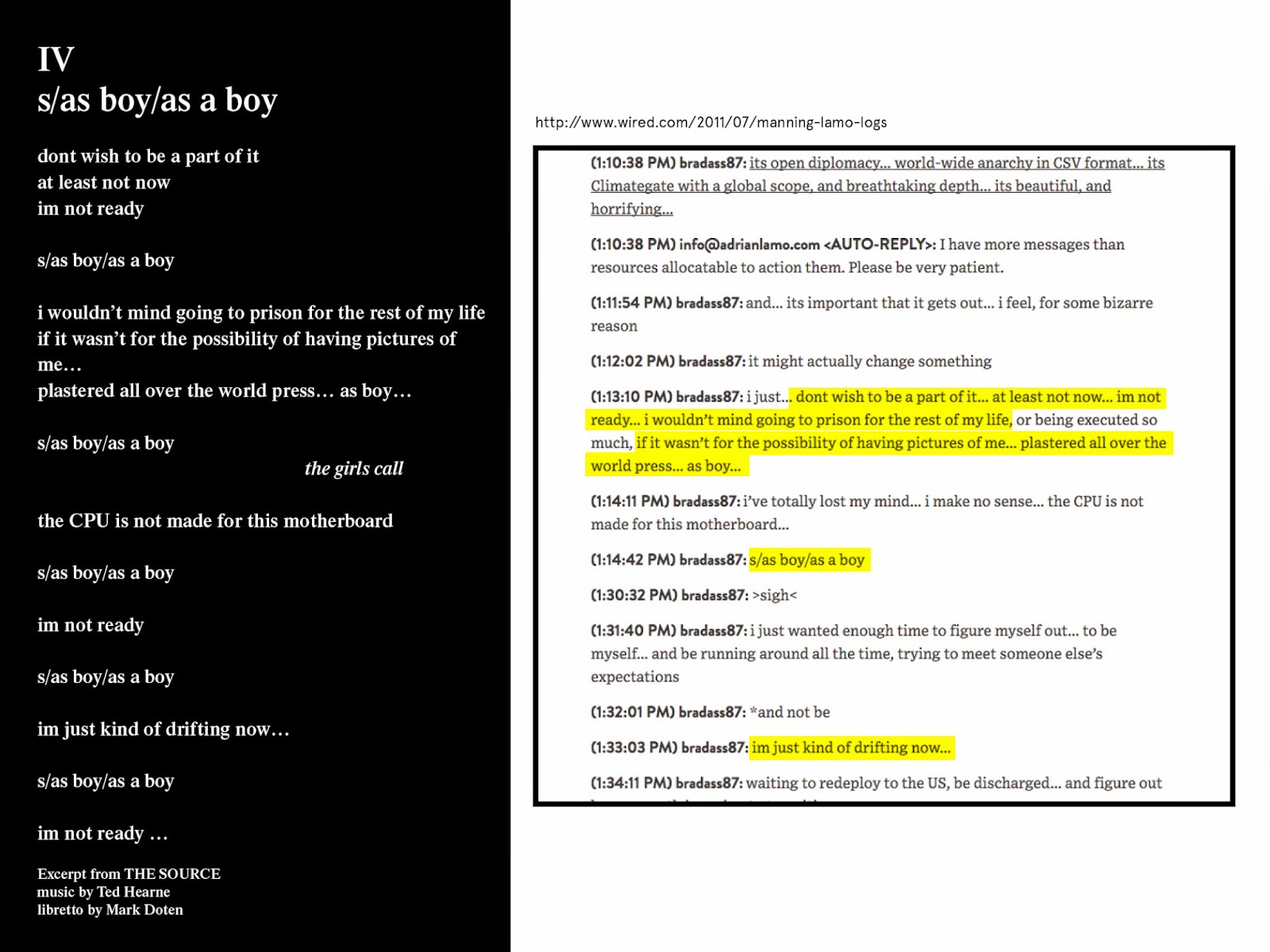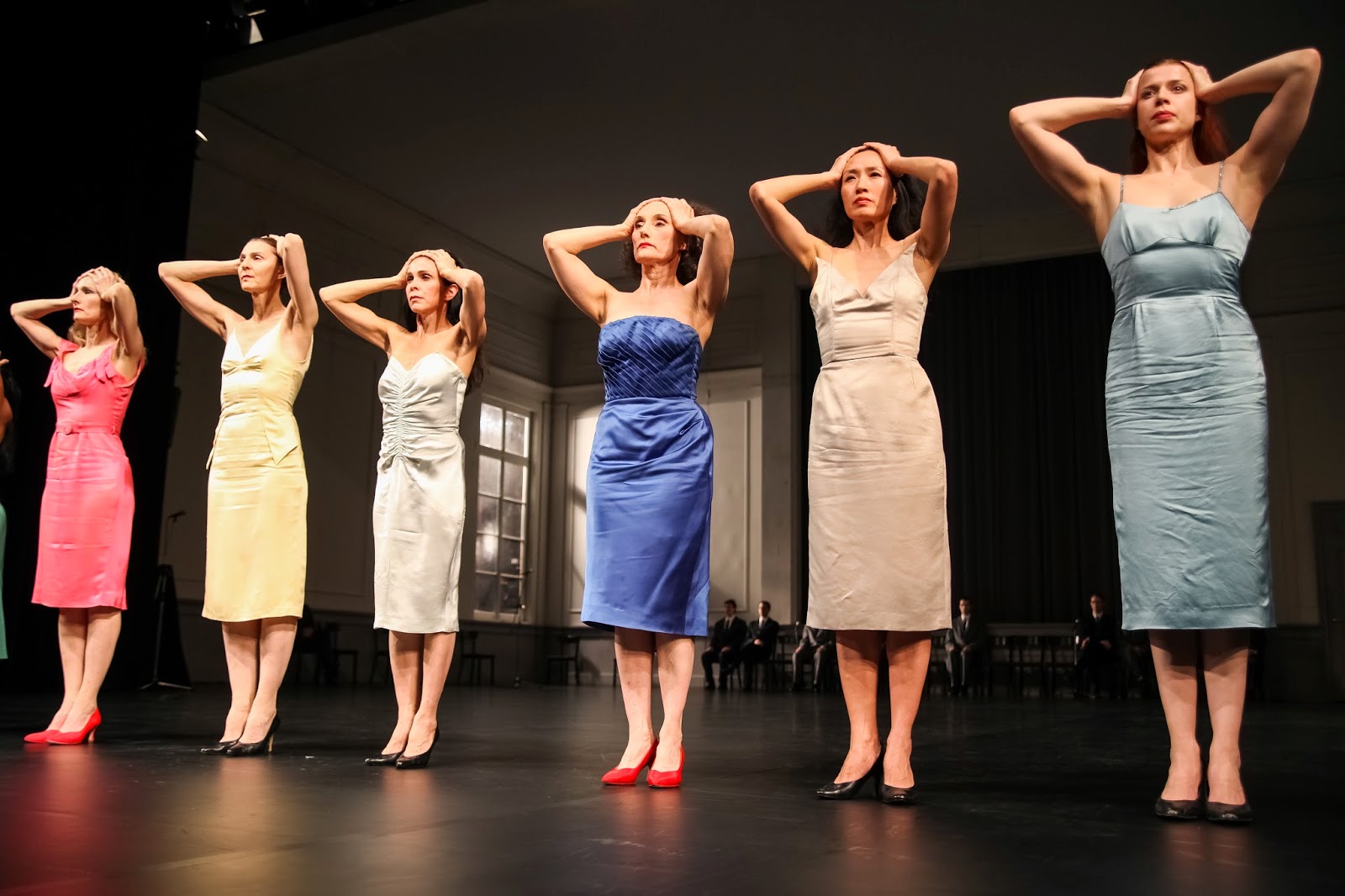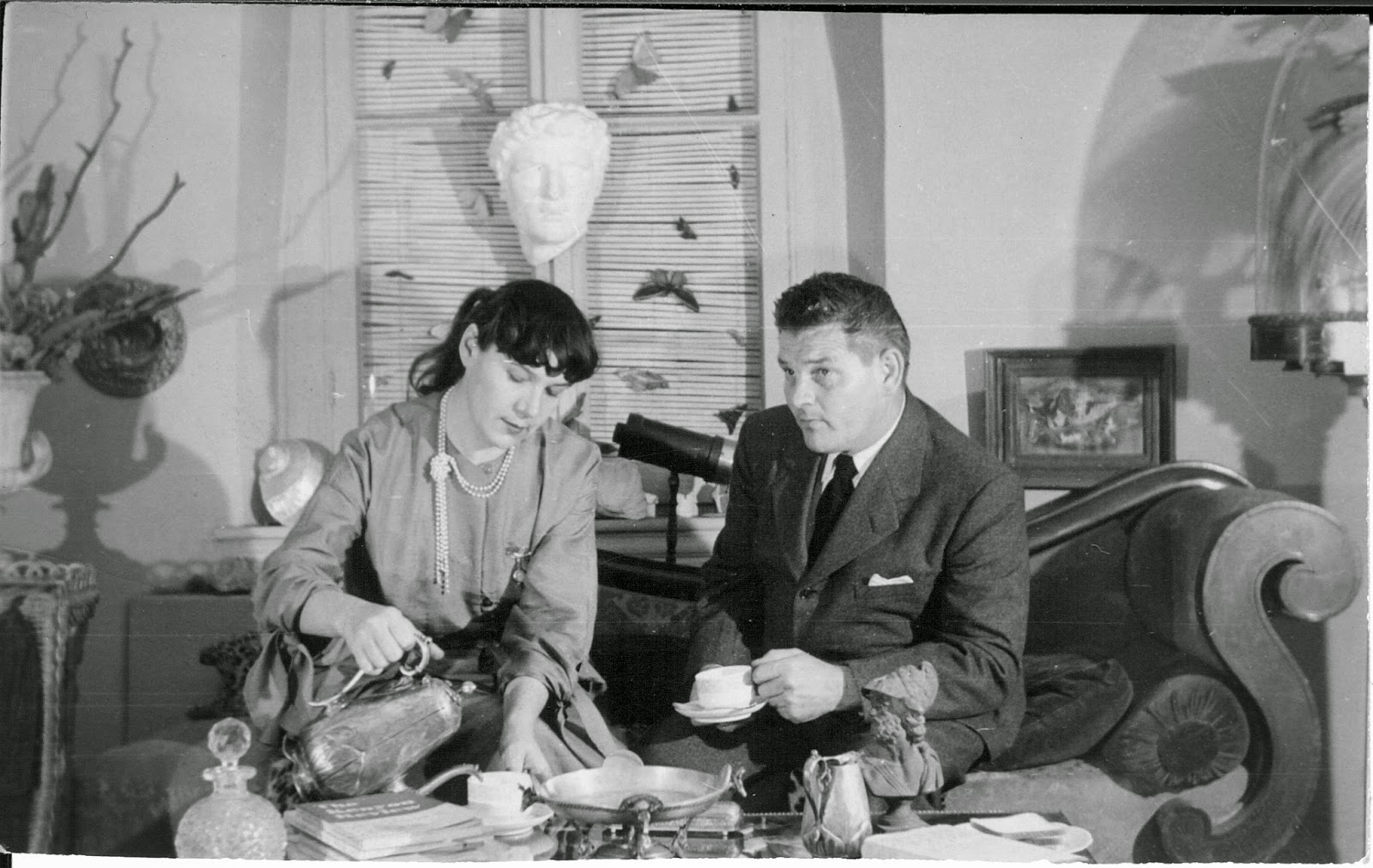 |
The Afghanistan war, started after 9/11, is one of the costliest and longest wars our country has seen. While there has been no lack of coverage, unfiltered reports from people directly affected by the war are harder to come by. That is why the photojournalist Teru Kuwayama’s Facebook project Basetrack created so many waves in 2010. It provided a platform not only for marines on the frontline, but also for their families and friends to connect and tell the world what they saw and felt. Those first-hand accounts are now a theater work, BASETRACK Live, created by Edward Bilous and directed by Seth Bockley (Harvey Theater, Nov 11—15). Using words and images culled from the Basetrack archive and interviews conducted by the creative team, this multi-media work features two actors, four musicians, and a cascade of images and videos, telling the firsthand stories of marines and their families. For producer Anne Hamburger, to get it on stages around the country is as much an artistic adventure as a civic engagement. She discusses the genesis and goals of BASETRACK Live.
What are the challenges in bringing this show to the stage?
Anne Hamburger: As BASETRACK Live is a truly collaborative, multi-media piece, it can’t exist as a script on paper. It’s only when the elements come together that you know how they relate. In performances at the University of Florida in Gainesville we experimented with script and structure with the whole creative team. In a second residency at ASU Gammage in Arizona we focused on integrating the technological elements, refining the video, music, and live performance in relationship to one another.
The central characters are AJ, a Marine, and his newlywed, Melissa. Their lines are taken from interviews with them. They face difficulties because of AJ’s war experience. Is their story representative of military couples? How are they coping with having their lives seen by thousands of strangers?
AH: Their experience is typical for young recruits returning home. Many people enlist when they are very young, and then go overseas for multiple deployments, placing real strain on their families. The war also changes people and coming home is a huge, often misunderstood adjustment. This is one of the issues that BASETRACK Live vividly portrays. AJ and Melissa—thrilled and grateful that their story is at the center of BASETRACK Live—attended our world premiere in Austin, and BAM.
 Does the show take a stand on Afghanistan war or war in general?
Does the show take a stand on Afghanistan war or war in general? AH: No. BASETRACK Live is about the human side of war. The show focuses on one Marine Unit in particular, the 1st Batallion 8th Marines, and their families. These people and their aspirations and struggles represent a much larger population of people in America affected by war. It is not specific to one branch of the service, nor is it gender or race specific. BASETRACK Live doesn’t sensationalize or victimize the veterans in this story. It shows a truthful, unblemished picture of a group of young men who go to war and come back changed.
AH: It’s difficult not to be moved by the genuine sentiments of the young corpsmen who have worked very hard to earn the right to call themselves Marines. They may be the toughest warriors in the world, but it’s all about what’s in their hearts. BASETRACK Live portrays universal issues. The impact of war relates to us all.
AH:BASETRACK Live is unique in that it can bring together people not normally in conversation, those who have an up-close and first-hand experience of the war, and those who know nothing beyond the news. The performance gets people talking, and our outreach efforts help make these conversations meaningful and ongoing. One percent of the American public serves in today’s military; many of the men and women are on multiple deployments. It is important to understand what they are experiencing.
AH: There is a four-piece band onstage that plays a dynamic electro-acoustic score that runs throughout. The music, composed by Michelle DiBucci, Edward Bilous, and Greg Kalember has tremendous variety. A hip-hop number is embedded within a sweeping cinematic score that triggers a cascade of photographs and videos, filling the stage.
Melissa talks about the importance of electronic communication to connect with AJ. Does the advance of technology help everyone—soldiers, families, the public—formulate a more informed opinion about war?
AH: First, for the photojournalists who took enormous personal risks to document the war, the technology gave them an audience when the major “news” outlets weren’t interested. Incredibly, their website earned five million hits—people seeking hard news from Afghanistan, but also from the families of the Marines stationed there. For Melissa and her contemporaries who have grown up connected by cell phones and the internet, the thought of being completely out of contact is practically unimaginable. But, of course, that separation is a consequence of serving at the frontlines. That’s what made the initial Basetrack project so compelling. It was a lifeline to the families. They were grateful to use social media to connect to their loved ones, and also to find a community where there was support and understanding.
Reprinted from Oct 2014 BAMbill. Photos courtesy the company.
































.jpg)








































